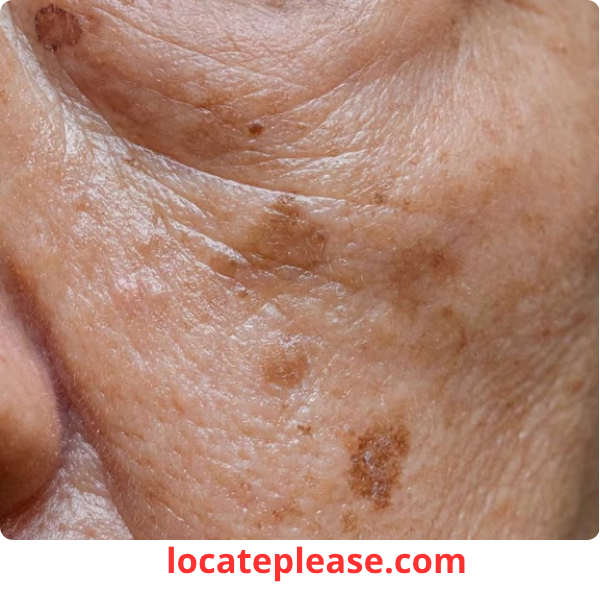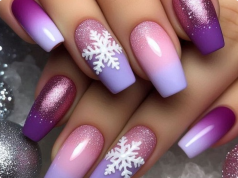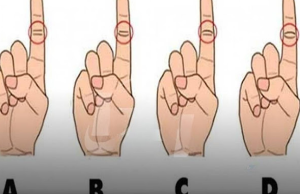Age spots — also known as liver spots or solar lentigines — are flat, dark patches that appear on the skin, typically on areas most exposed to the sun: the face, hands, shoulders, and arms.
While they’re harmless, they’re often a visible reminder of years of sun exposure and aging. And while many turn to creams, lasers, or chemical peels, there’s a lesser-known, natural ally in the fight against age spots: selenium, a trace mineral with powerful skin-protective properties.
Emerging science suggests that low selenium levels may contribute to the development of age spots — and that boosting your intake could help prevent and even reduce their appearance.
Let’s explore how this tiny mineral plays a big role in keeping your skin youthful, protected, and radiant.
What Are Age Spots?
Age spots are areas of hyperpigmentation caused by an overproduction of melanin, the pigment that gives skin its color.
Main Causes:
- Prolonged sun exposure (UV radiation)
- Aging — skin’s ability to repair itself declines
- Genetics — some people are more prone
- Oxidative stress — damage from free radicals
While most common in adults over 50, younger people who spend a lot of time in the sun without protection can develop them too.
The Hidden Role of Minerals in Skin Health
Your skin isn’t just a surface — it’s a living organ that relies on essential nutrients to repair, regenerate, and defend itself.
Among the most important are minerals like:
- Zinc – Supports wound healing and reduces inflammation
- Copper – Aids collagen production
- Selenium – A powerful antioxidant that protects skin from sun damage
These minerals help maintain skin’s elasticity, tone, and resilience — and when deficient, the skin becomes more vulnerable to aging and damage.
What Is Selenium — And Why Is It a Skin Superstar?
Selenium is a trace mineral found in soil, water, and certain foods. Though your body only needs a small amount, it plays a huge role in health — especially for the skin.
Key Benefits for Skin:
- Powerful Antioxidant – Neutralizes free radicals that cause oxidative stress and premature aging
- UV Protection – Helps shield skin from sun damage by boosting the body’s natural defense systems
- Anti-Inflammatory – Reduces redness and supports healing
- Supports Glutathione – Known as the “master antioxidant,” glutathione relies on selenium to function
Without enough selenium, your skin is more vulnerable to sunburn, pigmentation, and slower healing — all factors that contribute to age spots.
The Link Between Selenium Deficiency and Age Spots
When selenium levels are low:
- The body’s antioxidant defenses weaken
- UV radiation causes more cellular damage
- Melanin production becomes unbalanced, leading to dark spots
- Skin repair mechanisms slow down
Research shows that people with lower selenium levels are more likely to show signs of photoaging, including age spots, wrinkles, and uneven texture.
A 2013 study published in Clinical, Cosmetic and Investigational Dermatology found that topical and dietary antioxidants, including selenium, significantly reduced the appearance of hyperpigmentation and improved skin tone.
Scientific Studies: Selenium’s Protective Power
Multiple studies highlight selenium’s role in skin health:
- A study in The American Journal of Clinical Nutrition found that higher selenium levels were linked to reduced risk of skin cancer and sun damage.
- Research shows selenium, especially when combined with vitamins C and E, enhances the skin’s ability to resist UV-induced stress.
- Selenium supports DNA repair in skin cells, reducing mutations that lead to aging and discoloration.
In short: Selenium doesn’t just protect your skin — it helps it heal and renew.
Signs You Might Be Selenium Deficient
While full-blown deficiency is rare, suboptimal levels are more common — especially in areas with selenium-poor soil.
Symptoms include:
- Increased sensitivity to sunburn
- Slow wound healing
- Dull, tired-looking skin
- More visible age spots
- Dry or flaky skin
- Fatigue and weakened immunity
If you notice these signs — especially skin changes — it may be time to check your selenium intake.
How to Get Enough Selenium: Food First
The best way to support skin health is through a nutrient-rich diet.
Top Selenium-Rich Foods:
|
Brazil nuts(1–2 nuts)
|
50–90 mcg (100%+ of daily needs!)
|
|
Tuna(3 oz)
|
68 mcg
|
|
Halibut(3 oz)
|
47 mcg
|
|
Eggs(1 large)
|
15 mcg
|
|
Sunflower seeds(¼ cup)
|
23 mcg
|
|
Whole grains(brown rice, oats)
|
10–15 mcg
|
|
Organ meats(beef liver)
|
28 mcg per 3 oz
|
🌰 Just 1–2 Brazil nuts a day can meet your daily selenium needs — but don’t overdo it (more than 4–5 daily can lead to toxicity).
Selenium Supplements: Proceed with Care
Supplements can help if you’re deficient — but more isn’t better.
- Recommended Daily Intake: 55 mcg for adults
- Upper Safe Limit: 400 mcg per day
Too much selenium can cause:
- Hair loss
- Brittle nails
- Gastrointestinal issues
- Nerve damage
✅ Always consult a healthcare provider before starting supplements — especially if you have thyroid conditions (selenium affects thyroid hormone metabolism).
Prevent Age Spots: Beyond Selenium
While selenium is powerful, it’s just one piece of the puzzle. For truly healthy, spot-free skin:
✅ Wear sunscreen daily – SPF 30 or higher, even on cloudy days
✅ Avoid peak sun hours (10 a.m. – 4 p.m.)
✅ Wear protective clothing – hats, long sleeves, UV-blocking sunglasses
✅ Eat antioxidant-rich foods – berries, leafy greens, carrots, tomatoes
✅ Stay hydrated – water supports skin elasticity
✅ Use gentle skincare – avoid harsh scrubs and chemicals
Final Thoughts: Let Nutrition Be Your First Defense
Age spots don’t have to be an inevitable part of aging.
While sunscreen and skincare matter, true skin protection starts from within.
And selenium — a humble mineral found in a single Brazil nut — may be one of your skin’s quietest, most powerful allies.
By nourishing your body with selenium-rich foods, you’re not just preventing spots —
You’re building a stronger, more resilient complexion that glows with health.
Because the best anti-aging secret isn’t in a jar — it’s on your plate.










